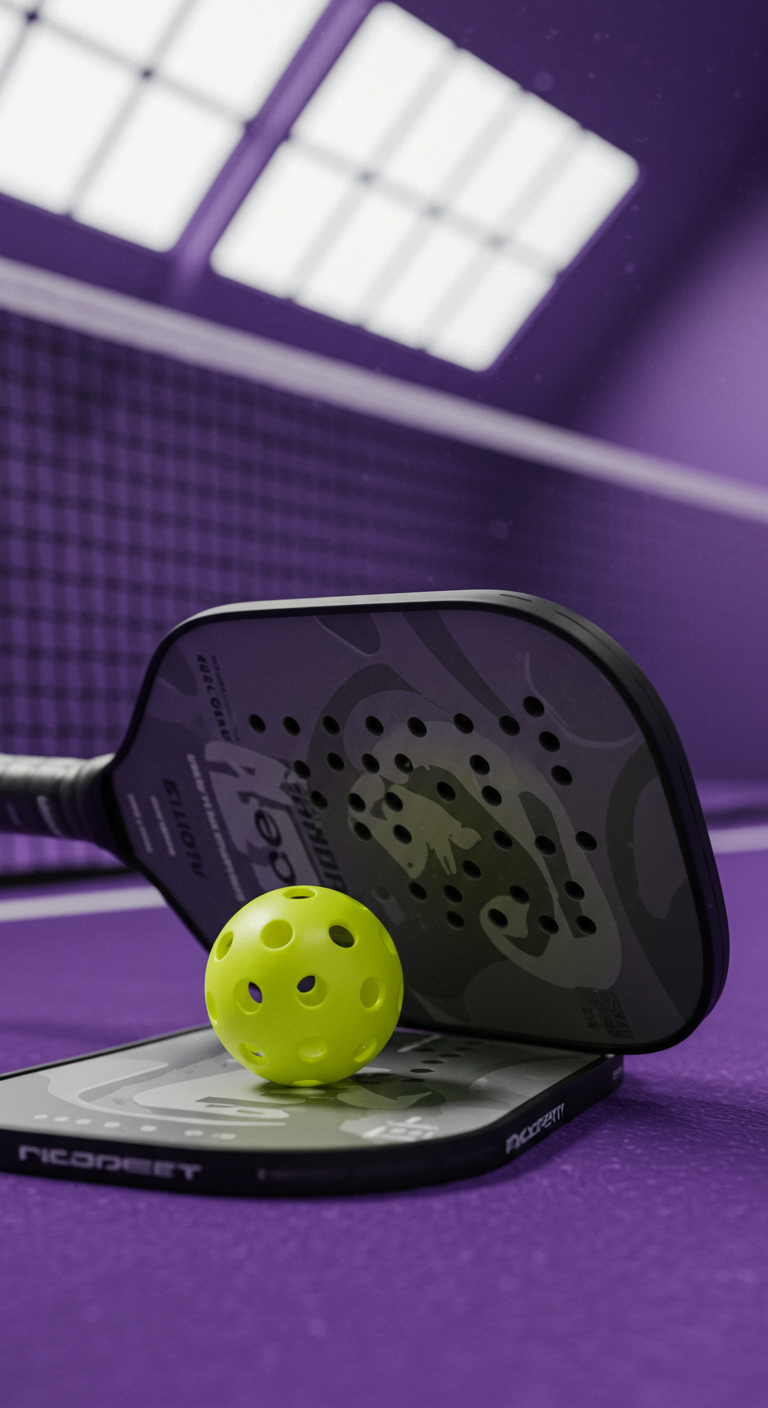Whether you’re just discovering the addictive thrill of pickleball or you’re an experienced player aiming to level up your game, choosing the right pickleball paddle can be a game-changer. With so many shapes, weights, materials, and brands on the market, it’s easy to feel overwhelmed. But don’t worry—we’ve got your back! This guide will help you zero in on the paddle that complements your unique playing style and gives you a competitive edge on the court.
Why the Right Paddle Matters More Than You Think
You wouldn’t wear running shoes to play basketball, right? The same principle applies to your pickleball paddle. The right paddle doesn’t just enhance your performance—it also helps prevent injuries, maximizes control or power (depending on what you need), and makes every match more enjoyable.
A mismatch between your paddle and playing style can leave you struggling to connect with the ball or getting fatigued too quickly. So, let’s dive into how to find your perfect match.
Step 1: Understand Your Playing Style
Before buying a paddle, it’s crucial to know how you play. Here are the three most common pickleball playing styles:
1. The Power Player
You thrive on fast-paced rallies, strong serves, and slamming overhead shots. You want a paddle that delivers maximum pop and speed.
2. The Control Freak (in the best way!)
You prefer precise dinks, thoughtful placement, and finesse over brute force. You need a paddle that offers touch and responsiveness.
3. The All-Arounder
You switch between power and precision depending on the match. A balanced paddle that offers a little bit of everything suits you best.
Step 2: Pick the Right Weight
Weight plays a huge role in how a paddle feels and performs:
- Lightweight (7.0–7.5 oz) – Ideal for control players. Easier on the wrist and better for dinks and quick reactions at the net.
- Midweight (7.6–8.4 oz) – Offers a balance between power and control. Perfect for all-arounders.
- Heavyweight (8.5 oz and up) – Great for power players looking to add force to their shots. Just be cautious of elbow strain.
Pro Tip: Try different weights before committing. Some clubs offer demo programs or even pickleball paddle rentals so you can test various options without the upfront cost.
Step 3: Choose the Right Core & Surface
Understanding what’s inside (and on the outside of) the paddle is just as important.
Core Materials:
- Polymer Core (most popular) – Quiet, soft feel, great control.
- Nomex Core – Harder, louder, adds power.
- Aluminum Core – Light and responsive, but less durable.
Surface Materials:
- Graphite – Lightweight and stiff, offering sharp responsiveness and control.
- Composite – Slightly heavier but excellent for spin and power.
- Carbon Fiber – High-end material that offers superb strength and balance.
If spin and control are key to your game, go for textured surfaces. Power players should look for solid, stiff surfaces that add punch to their smashes.
Step 4: Grip Size and Handle Length
A grip that’s too big or too small can cause discomfort or injuries like tennis elbow. Here’s how to choose:
- Small grip (4″–4 1/8″) – Ideal for players with smaller hands or who prefer wrist action for spin.
- Medium grip (4 1/4″–4 3/8″) – Most common and versatile.
- Large grip (4 1/2″ and up) – Great for players who want more stability and less wrist movement.
Handle length also matters. Extended handles suit tennis converts or two-handed backhand players, while shorter ones provide better maneuverability at the net.
Step 5: Demo Before You Decide
Even after narrowing down the type, weight, and material, nothing beats actually trying out a paddle. Visit your local club or facility to borrow or rent paddles and get a real feel for them. Some of the best pickleball club facilities even host demo days where you can try top paddle brands for free or a small fee.
Final Thoughts: It’s All About You
At the end of the day, the right paddle is the one that feels like an extension of your arm. Don’t just go for what the pros use or what’s trending. Focus on your game, your comfort, your style.
And remember, your needs might evolve as your skills grow. Today’s ideal paddle might be different from what you need a year from now—and that’s part of the fun!
Quick Recap Checklist
Before you hit “buy,” make sure you’ve:
- Identified your playing style
- Tested different paddle weights
- Chosen the right core and surface material
- Measured your grip size correctly
- Tried a few options via pickleball paddle rentals or demo programs
With the right paddle in hand, you’re not just playing—you’re playing smart.
Ready to find your perfect match? Head to your local court and give a few paddles a spin. You might just discover that with the right paddle, you’re capable of more than you imagined.

